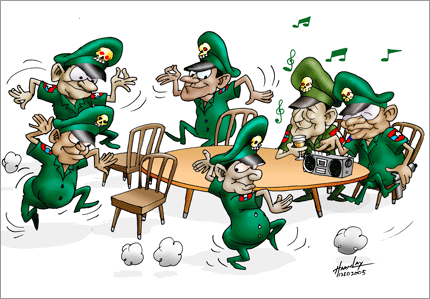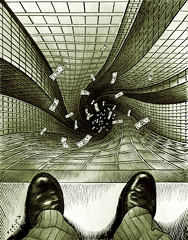“Chinese manufacturing indexes showed small businesses struggling, sapping momentum in the economy and underscoring the need for the government to shift support away from larger, state-backed companies.
The official Purchasing Managers’ Index for smaller companies fell to 47.3 in May from 47.6 the previous month, even as the broader gauge rose to 50.8 from 50.6, the government said June 1. A private manufacturing index today that includes small enterprises fell more than forecast to 49.2, an eight-month low, from 50.4. Levels below 50 signal contraction.
The reports illustrate Premier Li Keqiang’s challenges in achieving sustainable growth across the world’s second-biggest economy while increasing consumption and reducing reliance on exports and investment. Declines in manufacturing gauges today in India, South Korea, Vietnam and Taiwan add to risks that Asian and global expansion will slow.
“It is too early to conclude that an economic rebound has begun” in China, Shen Jianguang, chief Asia economist at Mizuho Securities Asia Ltd. in Hong Kong, said in a report today. “There is still a strong bias towards larger enterprises and coastal areas in terms of fiscal and credit policy implementation,” and small and mid-sized companies appear to “operate with minimal policy support,” Shen wrote.
Divergences in the manufacturing indexes are common given their different focus and coverage, said Wang Tao, chief China economist at UBS AG in Hong Kong. The decline in the official PMI’s gauge for smaller companies is consistent with the HSBC index, Wang said before today’s release.






